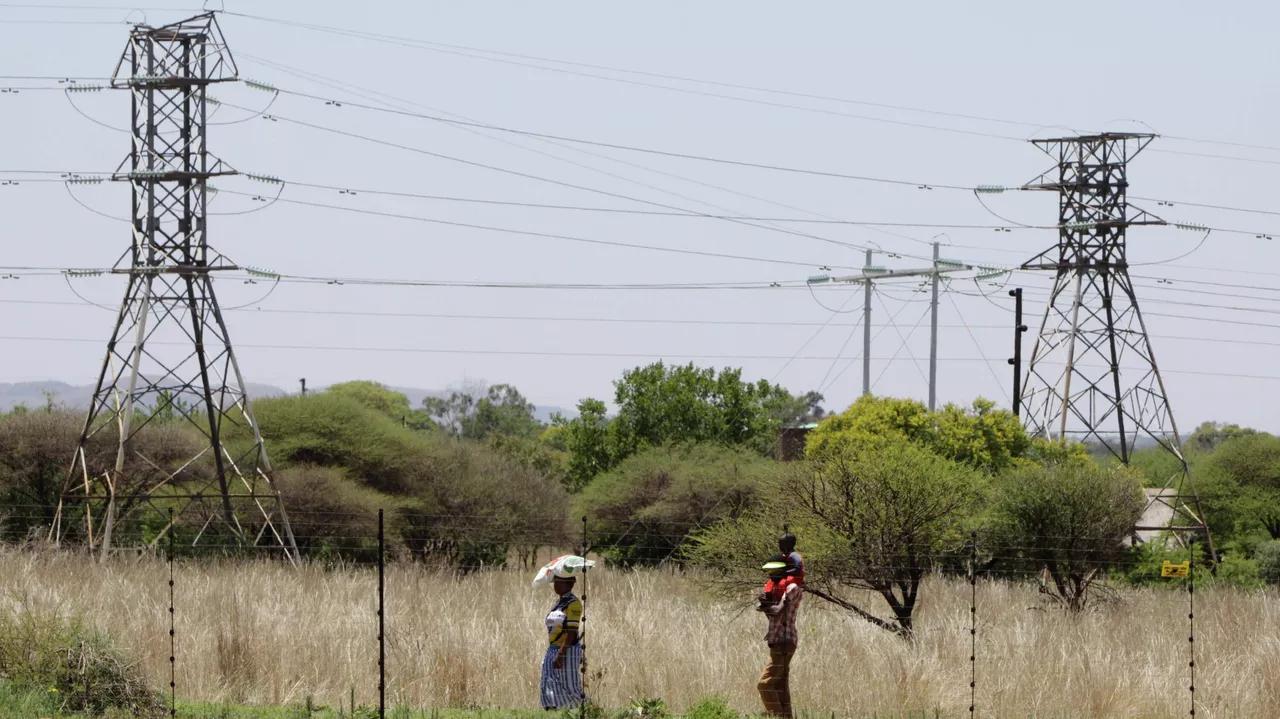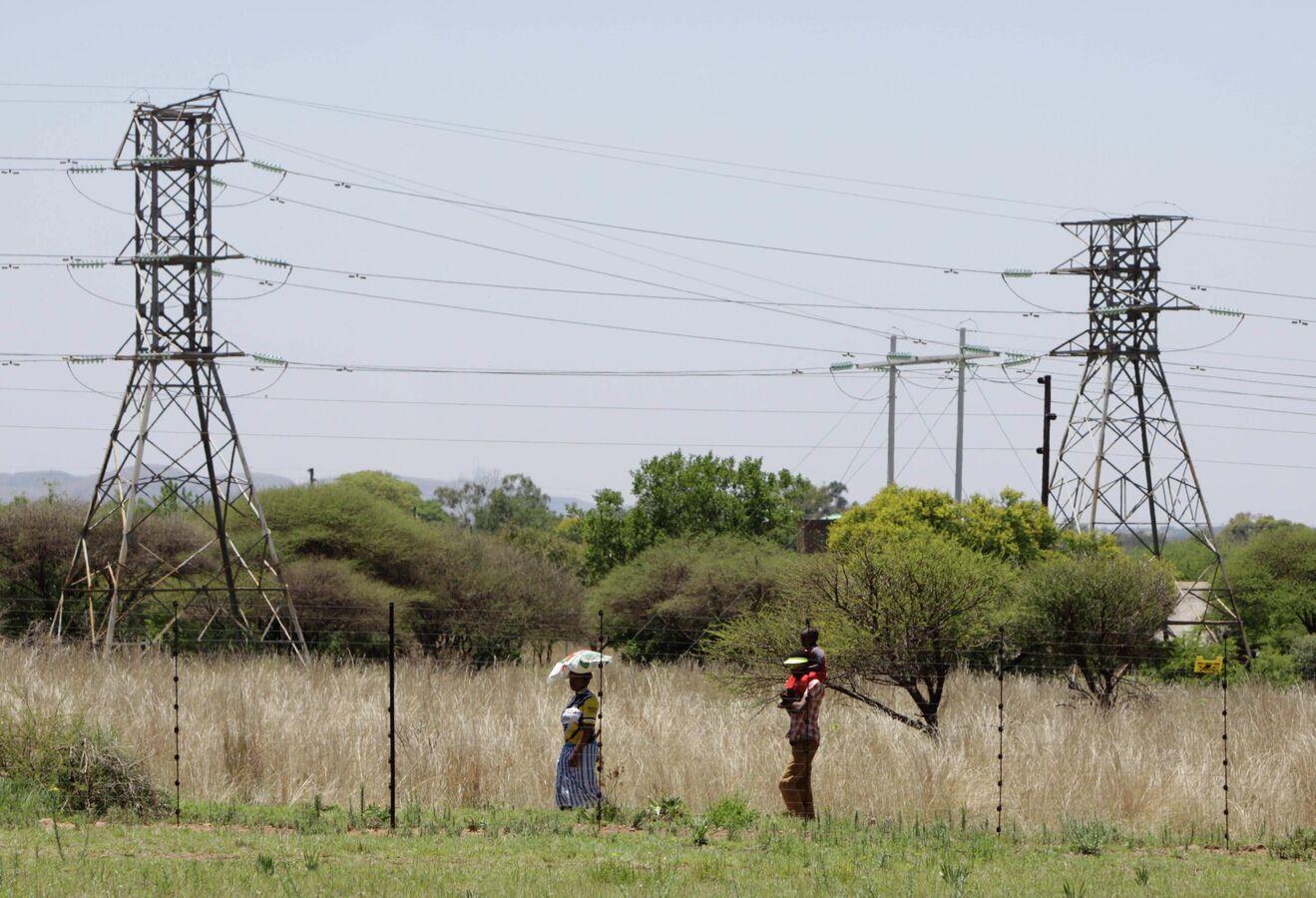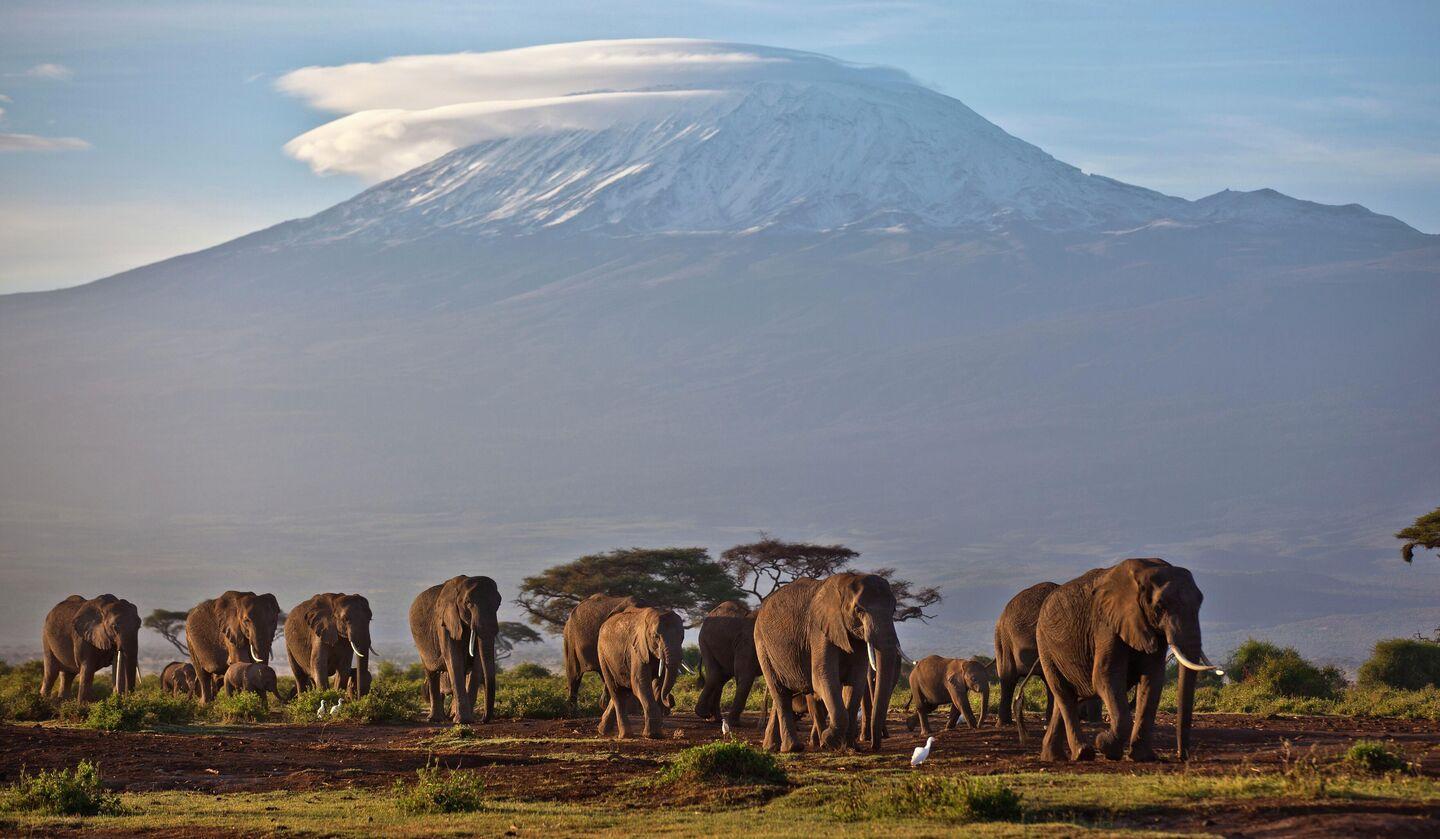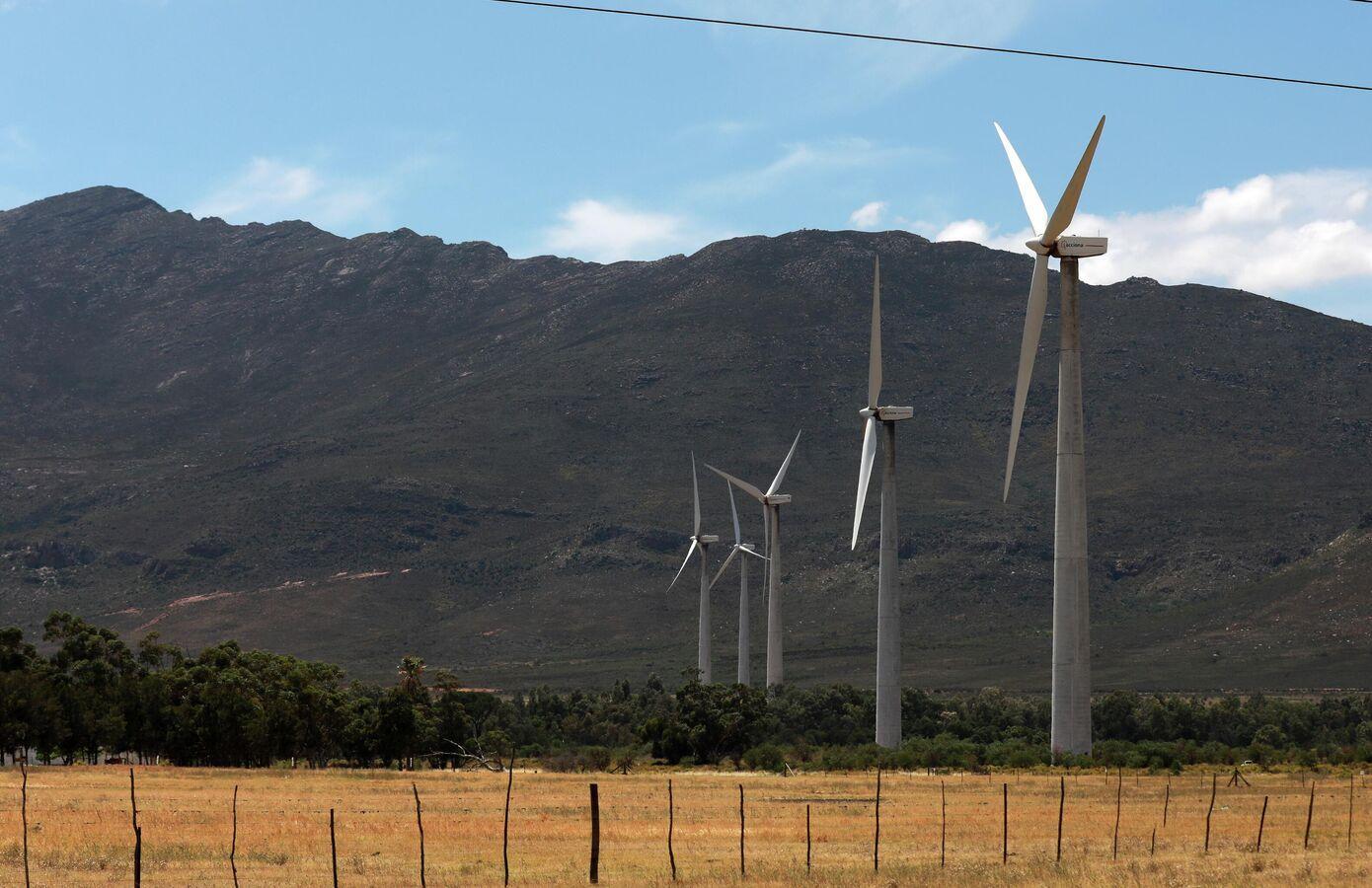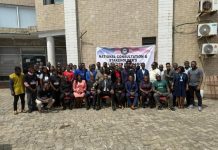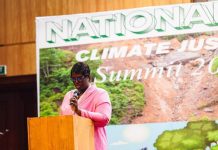Africa-Press – Liberia. The African continent has found itself on the horns of a dilemma: the energy industry’s development is long overdue, and the preservation of its biodiversity is also high on the agenda. Apparently, there is a way for Africans to have their cake and eat it.
“Africa at present doesn’t have any stable biodiversity initiatives or practices that would be adopted by the world, hence checking the statistics between Africa and the rest of the world in terms of biodiversity, you’ll see that most species in Africa die because of the lack of a planned ecosystem,” Bandile Zikhali, climate change researcher from the University of Witwatersrand, Johannesburg, told Sputnik. “Africa suffers from frequent fires and floods, and regional institutions haven’t developed ways to tackle this. For example, in Durban, South Africa this year, more than 400 people died from floods.”
Africa’s Biodiversity Issue
The continent is a treasure trove of scenery and fauna and its diverse landscape of mountains, forests and wetlands provides all sorts of opportunities for economic development. However, development has been hampered by the effects of climate change, natural hazards, rapid population growth and extensive agriculture. It is estimated that by 2100, climate change alone could have caused the loss of more than half of Africa’s bird and mammal species, as well as trigger a 20 percent to 30 percent decline in the plant and animal life produced by lakes, and a significant loss of plant species.
There seems to be no comprehensive plan to balance economic and environmental aims, Zikhali says. The African continent is facing “a complex ecological challenge,” says Dr Dominic Okoliko, a fellow of the School of Public Leadership at Stellenbosch University, South Africa.
“What is needed is a systemic thinking, which means that we should aim to recognize the intersectionality of the problem we face,” Okoliko said. “An important element of this is the need for coordination mechanisms that can allow us to pursue solution pathways that have the potential for co-benefits.”
The United Nations has rolled out a series of programs to protect wildlife, land and maritime ecosystems of the continent. Presently, 19 percent of Africa’s land and 17 percent of the seas surrounding it are protected areas, according to the UN. In July 2022, the Africa Protected Areas Congress (APAC) took place in Kigali, Rwanda – the first continent-wide gathering of African leaders, citizens and interest groups aimed at discussing how to conserve Africa and develop the continent sustainably.
Biodiversity Preservation Practices One might argue that African states have already gained experience in preserving the environment while building and developing hydroelectric plants. One example is Palmiet, South Africa’s 400MW hydro power project which started working in 1988.
The hydro-storage power plant is on the Kogelberg Nature Reserve which is uniquely rich in biodiversity with approximately 1,500 different plant species, (of which about 150 do not grow anywhere else), 70 species of mammal, 43 species of reptile, 22 species of amphibian and a huge number of birds and insects. The Palmiet hydro-power plant is believed to be one of the first sites where environmental engineering was designed to preserve the ecosystem.
African powers also have experience in tackling the negative consequences of energy projects: between 1956 and 1960 a large project was implemented to build a hydroelectric complex in Africa on the river Zambezi in the Kariba Gorge region of Rhodesia. Although the project provided an economic boost to the region, the Kariba Gorge and Zambezi Valley – habitats to thousands of humans and animals – were flooded. The incident prompted a vast rescue operation called “Noah”, one of the world’s first operations to relocate animals from a flooded area, between 1958 and 1964.
At present many biodiversity programs are conducted under the aegis of African governments, the UN, international governmental and private organizations. For instance, the African BioGenome Project (AfricaBP) is an Africa-led effort to sequence the genomes of 105,000 endemic species. It involves 109 African scientists (87 of whom work in Africa) and 22 African organizations, according to the journal Nature.
Another effort is the ‘BII4Africa’ which aims to produce a Biodiversity Intactness Index (BII) to indicate how much biodiversity still exists. It has brought together experts, institutions, decision-makers from governments, conservation entities and other natural resource management organizations in Africa. Energy Poverty & Rapid Population Growth Demand Action
Still, there are areas where environmental and economic interests collide dramatically. Before COP27 in Sharm el-Sheikh, Egypt, Sudanese-British billionaire Mo Ibrahim emphasized the need to conquer Africa’s energy poverty through the development of its own energy infrastructure. According to the International Energy Agency (IEA), at least 600 million people in Africa still lack access to electricity and other sources of energy even though Africa possesses roughly 12 percent and 9 percent of the world’s oil and natural gas reserves, respectively.
However, a study commissioned by the UN Environment Program-World Conservation Monitoring Centre (UNEP-WCMC) claimed in October 2016 that those places where oil and gas development had been planned could threaten African biodiversity. The study reviewed 500 oil and gas companies operating across Africa and found a 29 percent overlap between areas of biodiversity importance and the contract blocks.
The report listed Djibouti, Malawi, Somalia, South Sudan and Zambia as countries with the highest degree of overlap between areas of biodiversity importance and current oil and gas endeavors, and described Guinea-Bissau, South Africa, Uganda and Zambia as states “likely to be more threatened” than other countries with regard to future hydrocarbon exploration. The study also identified marine and coastal protected areas and key biodiversity areas (KBAs) as having a “high degree of current and future overlap with oil and gas concessions” in Africa.
Climate change activists and western envoys are adding fuel to the fire by saying that Africa should get rid of fossil fuels and stay away from developing long-term natural gas projects to reach net-zero climate goals by 2050. However, international observers argue that building green energy facilities and electrical infrastructure across the continent require huge external investments which wealthy nations have yet to offer to Africans. As a result, millions of Africans rely on polluting fuels such as firewood, charcoal, or kerosene to prepare daily meals and warm themselves. For its part, the Mo Ibrahim Foundation urges COP leaders to consider natural gas as a key transitional fuel for Africa, which could be developed in parallel with renewables.
He added that advice given by experts has not been taken including “reports that have been going here in the Environmental Impact Assessment that have provided direction on how we can make sure that development projects are done and at the same time biodiversity is preserved”.
The rapid rate at which Africa’s population is growing demands urgent action. The current population of Africa in 2022 is 1.4 billion representing – 2.37 percent up from 2021. And the year before, the population had grown by 2.43 percent from 2020. Russia’s Case: Producing Energy & Preserving Biodiversity
This does not mean, however, that oil and gas exploration and development of the energy infrastructure would inevitably cause the demise of ecosystems. There are certain ways not only to mitigate the potentially harmful impact on biodiversity but also to use new energy resources to maintain existing ecosystems and provide conditions for switching to green energy. Russia has both expertise and experience on how to balance industrial development by preserving ecosystems and cutting the carbon footprint.
Even though Russia has been subjected to unprecedented sanctions by the West, it continues to share its expertise with partners, including African nations. On 26 and 27 April, BRICS’ national science academies held a meeting aimed at sharing knowledge on biodiversity, climate and food security as a means to achieving the UN Sustainable Development Goals. In 2021, scientific researchers from the five nations (Brazil, Russia, India, China and South Africa) arranged around 100 meetings concerning such issues as astronomy, climate and energy, health and medicine.
With Russia remaining one of the top producers of oil and gas, its leadership required domestic exploration companies to preserve their biodiversity. For instance, Gazprom Group’s forays into the field of sustainable development include protecting water, land and forest resources, and reducing waste and the emission of pollutants into the atmosphere.
Gazprom Nedra LLC (a fully owned subsidiary of Gazprom PJSC) monitors the state of the environment in licensed areas on land and on the continental shelf. In particular, the company is making an effort to preserve biological diversity in the Arctic part of the Russian Federation. Gazprom Nedra conducts regular expeditions to observe how the wildlife on land and at sea are faring.
Likewise, Russia’s Rosatom, also known as Rosatom State Nuclear Energy Corporation, has been increasing its spending on environmental safety and protection.
In 2021, the company allocated a total of 6.12Bln rubles ($102.5 million) to ensure environmental safety and environmental protection, which is 3.55 percent more than the 5.9Bln rubles pledged in 2020. This money is used to reduce the negative effects on the environment, to protect atmospheric air and water bodies, to conserve and restore biodiversity in adjacent natural areas, to ensure radiation safety, to collect and treat wastewater and others areas of activity in the field of environmental protection.
Being one of the largest companies in the Russian electric power industry that produces “green energy”, Rosatom not only reduces its carbon footprint, but also pays special attention to climate and environmental efficiency.
According to the International Energy Agency (IEA), global energy consumption could see an increase of up to 18 percent by 2030 and 39 percent by 2050. As nations struggle to reduce their carbon emissions, the International Atomic Energy Agency (IAEA) sees uranium as the right pick. Given all of the above, Africa’s dilemma does not seem insoluble, but it needs both political will and appropriate investments.
For More News And Analysis About Liberia Follow Africa-Press

